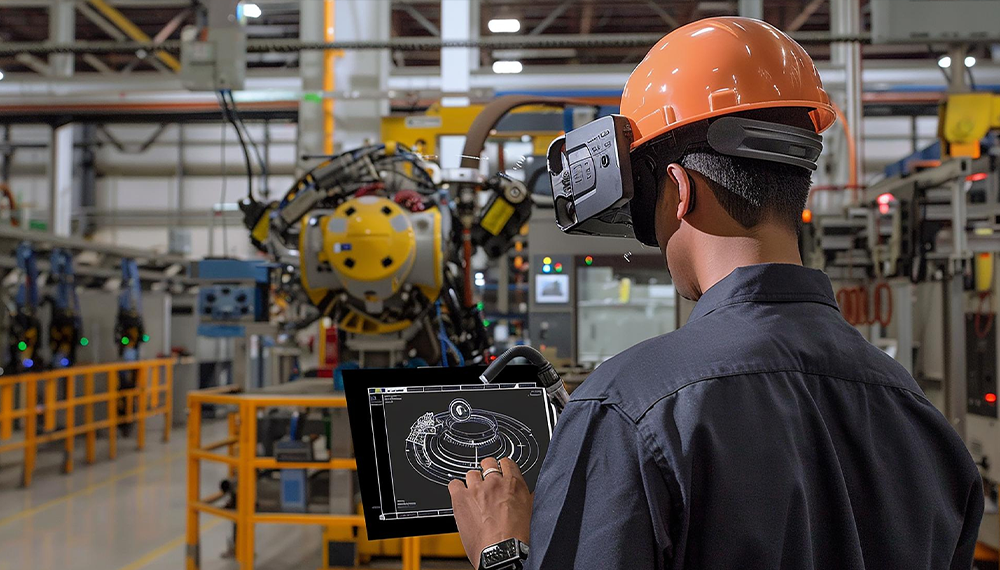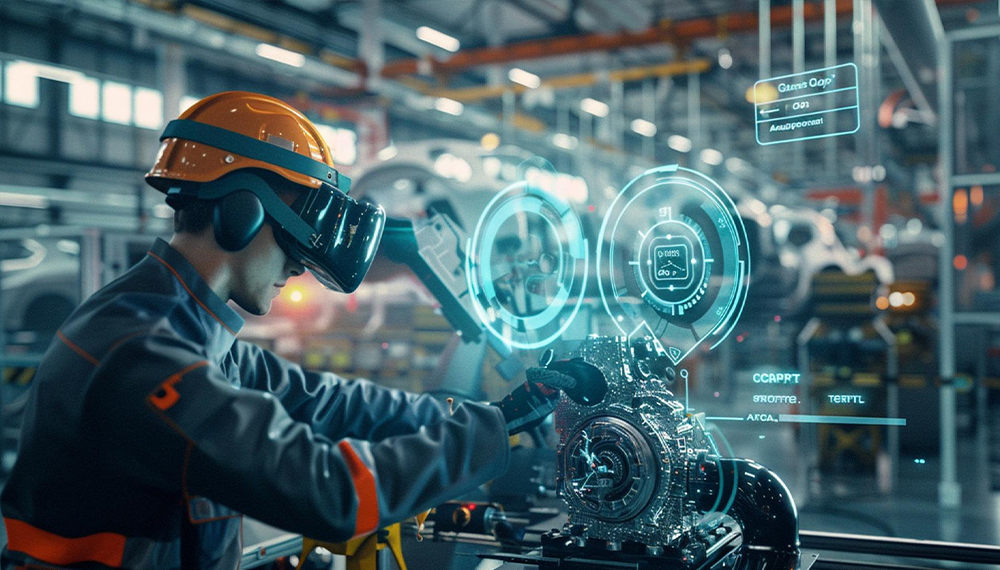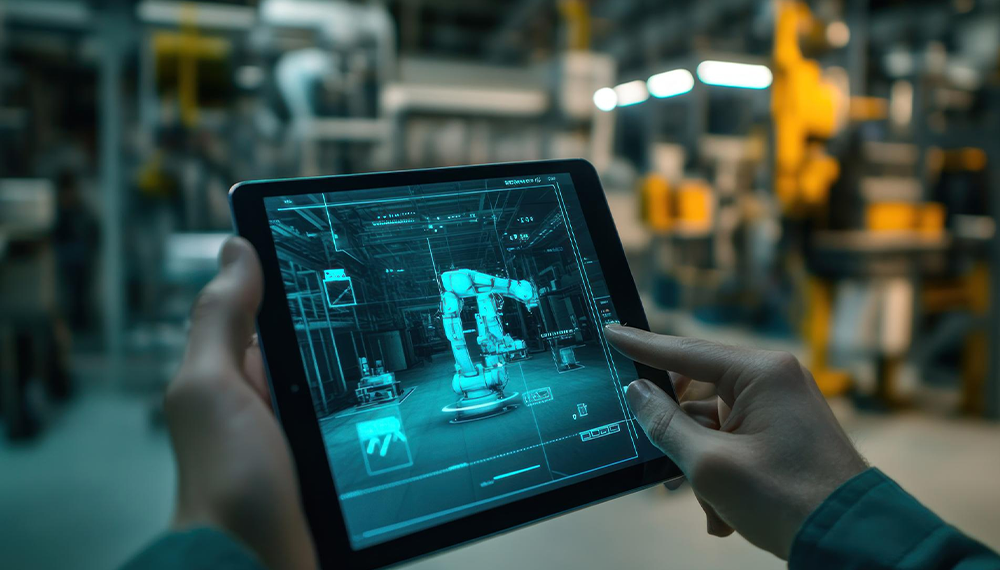Factories in India are changing faster than ever before. What was once a space filled with machines, paper checklists, and manual oversight is now becoming a hub of smart sensors, connected devices, and real-time dashboards. At the center of this transformation are Industrial IoT solutions in India. These technologies are quietly driving efficiency, reducing downtime, and making workplaces safer. But the most fascinating part is how many factories use them as hidden strategies to get ahead—without openly talking about it.
Why Industrial IoT Is Gaining Ground in India
India’s manufacturing and industrial sector is one of the fastest-growing in the world. With global supply chains shifting, “Make in India” policies, and rising export opportunities, factories are under pressure to do more with less. Traditional methods of machine monitoring, compliance, and workforce training are no longer enough.
This is why Industrial IoT solutions in India are becoming essential. By connecting machines to smart sensors and streaming live data, factories gain visibility they never had before. Temperature, vibration, torque, energy consumption, and safety alerts are now just one tap away. This helps managers and engineers act fast, cut costs, and run operations with fewer surprises.
Hidden Strategies That Drive Real Impact
While IoT devices look like simple add-ons, the strategies behind their use are where the real competitive edge lies.
Predictive Maintenance Beyond the Surface
One of the quietest yet most powerful uses of Industrial IoT solutions in India is predictive maintenance. Factories connect IoT sensors to critical machines and let algorithms detect unusual patterns. What seems like a small vibration warning is actually a lifesaver, preventing costly breakdowns and production delays.
Safety Compliance Without Manual Checks
Instead of relying only on paperwork, factories use connected IoT sensors to ensure compliance. Hazard zones, air quality, and machine safety levels are tracked in real time. This way, factories pass audits faster, and employees stay safer—without needing endless manual inspections.
Smart Energy Optimization
Energy bills are one of the biggest hidden costs in industrial operations. Factories that adopt Industrial IoT solutions in India quietly track energy consumption per machine, per shift, and per process. This helps them optimize usage, cut waste, and meet sustainability goals without making big announcements.
The Trends Pushing IoT Adoption
Several big trends explain why factories are turning to Industrial IoT solutions in India today:
- Industry 4.0 Shift: Indian manufacturers are racing to modernize and meet global benchmarks.
- Skill Gaps: IoT helps less experienced workers manage complex machines with real-time guidance.
- Export Pressure: Global buyers demand strict safety, compliance, and efficiency standards.
- Remote Oversight: Managers can monitor plants from anywhere, a game-changer in large facilities.
Quiet Tactics Factories Don’t Advertise
Interestingly, many factories don’t market their use of IoT. They treat it as a silent advantage.
Hidden Tactic 1: Real-Time Machine Health Dashboards
Factory managers track machine health continuously but rarely share this with outsiders. It keeps them one step ahead of competitors who still rely on manual monitoring.
Hidden Tactic 2: Faster Client Audits
When clients or partners visit, IoT dashboards make factories look instantly reliable. Data is live, errors are minimal, and reports are ready at a click. Few factories admit it, but IoT often wins them bigger contracts.
Hidden Tactic 3: Blended AR + IoT Systems
Some factories merge IoT data with AR interfaces so that workers see sensor data directly on the machine. It’s a futuristic strategy that simplifies training and boosts performance without adding complexity.
The Visible Results
So what does all this mean for real-world factories?
- Less Downtime: Predictive alerts prevent breakdowns.
- Higher Safety: IoT compliance systems reduce risks.
- Cost Savings: Smart energy monitoring lowers bills.
- Better Workforce Productivity: Even new workers adapt faster with IoT-powered guidance.
These outcomes explain why so many sectors—from automotive to pharmaceuticals—are turning to Industrial IoT solutions in India.
The Road Ahead: IoT + AI + AR
The future is not just IoT alone. When combined with artificial intelligence and augmented reality, the results multiply. Imagine a system where AI predicts machine failures, IoT tracks data, and AR shows workers exactly what to fix. This is the direction factories are already moving toward.
For India, this means global competitiveness. By adopting Industrial IoT solutions in India, factories don’t just catch up—they leap ahead.
Closing Thoughts: A Quiet Edge for the Future
Factories in India are no longer competing on low costs alone. They’re competing on efficiency, reliability, and innovation. The hidden strategies of predictive maintenance, energy optimization, and blended AR-IoT systems are already reshaping industries.
If you are exploring the future of your own factory, now is the time to act. With proven Industrial IoT solutions in India, companies can reduce downtime, boost safety, and make operations truly future-ready. The tools are here—it’s about who chooses to use them first.
FAQs on Industrial IoT Solutions in India
Q1. What are Industrial IoT solutions in India used for?
They are used to connect machines with sensors, track data in real time, predict breakdowns, ensure safety compliance, and optimize factory performance.
Q2. How do Industrial IoT solutions improve efficiency?
They provide live data on machine health and energy usage, helping managers make faster, smarter decisions and reducing downtime.
Q3. Are Industrial IoT solutions in India only for large factories?
No. Small and mid-sized manufacturers are adopting them too because the cost savings often outweigh the investment.
Q4. How do IoT solutions improve workplace safety?
By monitoring hazard zones, machine conditions, and environmental factors in real time, they reduce risks and ensure compliance.
Q5. What industries benefit the most from Industrial IoT?
Automotive, electronics, pharma, chemicals, and heavy engineering are leading adopters, but almost every industry can gain value.



